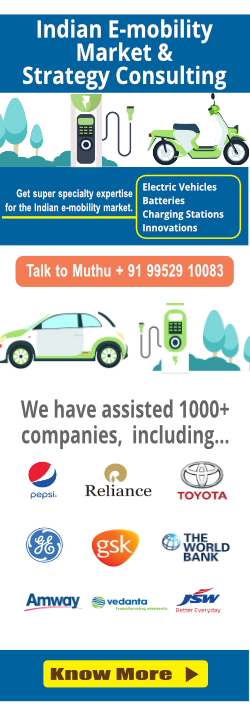In the process of doing the feasibility study for a land for setting up a solar plant there are some general but important considerations:
- The kind of plant has to be decided upon first of all-whether CSP or Solar PV?
- The policies that are currently prevalent in the country?
- Average sunny days per year and the number of sunshine hours per day which are necessary for capacity sizing of the solar farm.
- The plant capacity sizing would also have financial implications.
- Isolation of the plant is necessary since farms surrounded by hills, tall buildings or other structures may be casted upon by shadow from these structures.
- Direction of the land-whether in the East-West or the North-South directions. This is especially important in the case of Concentrated Solar Power in which case the mirrors should be able to track the Sun in the E-W direction.
- Leveling of the land to make sure there is no peculiar local gradations.
- A gentle, uniform gradient of the land would help in avoiding water-logging during rains and also help in harvesting the rain water.
- Availability of water for both Solar PV as well as CSP, whether ground water or a near-by water body. Rain-water harvesting may be beneficial to enable energy security incase the water supply is non-perennial.
- In the case of CSP, based on the technology of selection, the water requirements may vary. Some CSP technologies may require the plant to be situated closer to a large water body because of a large water requirement in the heat exchangers.
- Water clearance is required especially in the use of ground water or local water bodies from the local authorities.
- Isolation considerations for transportation of construction materials to the site and costs involved.
- Availability of workforce to run the plant.
- Location specific environmental variabilities such as in the case of Rajasthan which can experience severe and frequent dust-storms.
- Industries that are surrounding the farm that might release particulate matter into the ambient. This factor is important since particulate matter will get deposited on the panels in case of the PV or the mirror in case of the CSP reducing the output, sometimes significantly. These particulate matters might also clog into the heliostats or the tracking motors preventing them from functioning properly.
- The plant could be constructed preferably closer to the nearest sub-station to reduce T&D losses incurred in transmission. It is also necessary to consider the bus bar and feeder capacity.
- Availability of stand-by power to run the plant during down-time.
- It will be necessary to obtain various clearences before going ahead with the project.
- With regards to the clearences, the first thing to consider is whether to go with a private or government land.
- It is necessary to make sure that if you are going with a government land, that it is not affixed as a mining or forest area. It is also necessary to get a No-Objection-Certificate from the local panchayat or district magistrate under whose jurisdiction this land comes under.
- If the land is close to a defence establishment or border regions, like many parts of rajasthan, it is necessary to get the approval from the Ministry-of-Defence.
- The title, in case of private land, should be clear from any disputes.










The details of Factors To Be Considered Before Setting Up A Solar Farm are useful, by Mr.Raman Karthik.
How about to start CSP solar power plant in Tamilnadu, what are the benefits and disadvantages to go for a CSP project in Tamilnadu.
Whether required irradiation are available in Tamilnadu southern districts as hot spot to tap required solar energy and do EAI have such exact data regarding irradiation to go in for a CSP project.
Will EAI help us in preparing Detailed project for CSP project.And will EAI help us to bid in JNNSM bidding process., ect.
With Regards
James CTD Mohan
Coimbatore